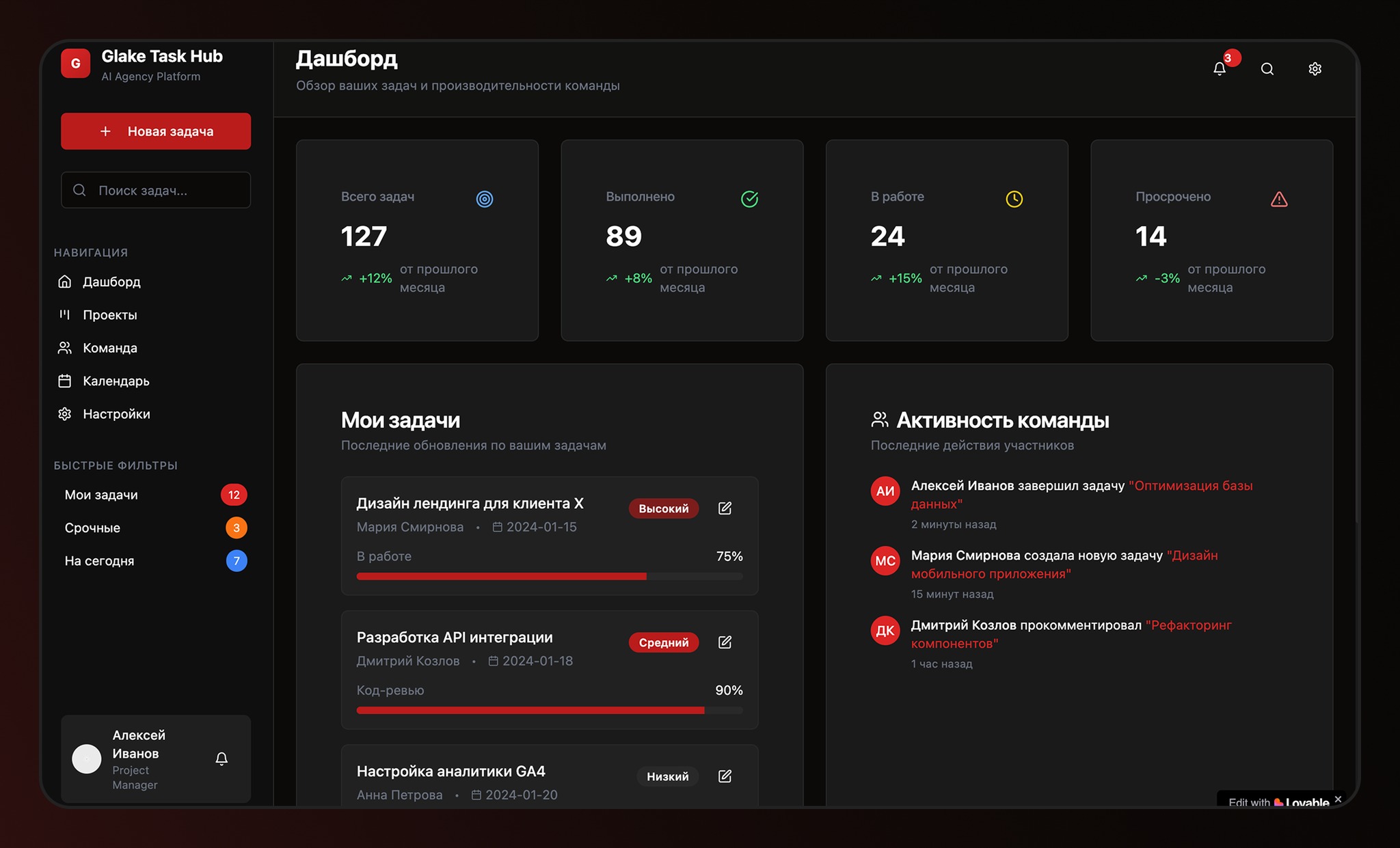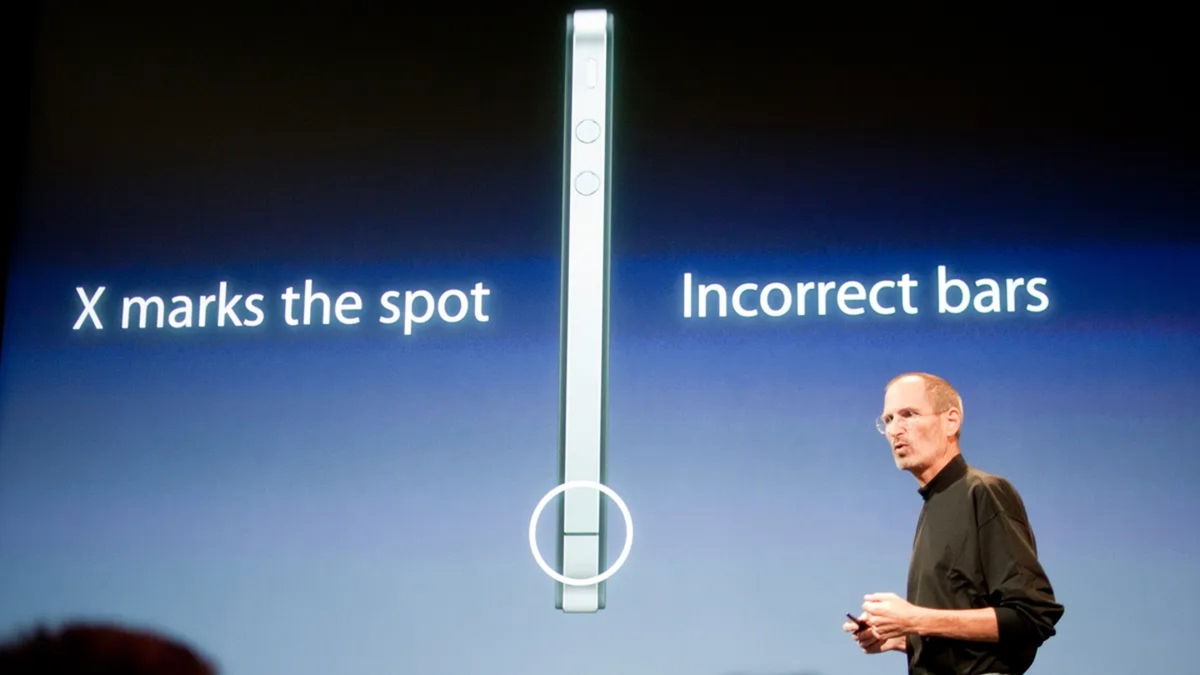Make a presentation for a mass audience, whether for educational or work purposes, this is an experience that can be highly stressful as it is a card that guides your ideas.
For this reason, the CEO of DoorDash and Coinbase, Gokul Rajaramcreated a Twitter thread where he gave the four keys to a successful presentation after talking with former Google CEO Eric Schmidt.
“Eric taught me an important lesson about how to speak properly. When I came to my first meeting with Eric, he asked me to visit all the development teams at Google, chat with them to see what they were working on, and then summarize it on a slide (for each team). Simple enough, I thought. I would use 3-5 markers per slide. Child Game. I began to mentally plan things and was ready to leave. “But,” Eric said, “I don’t need words on either slide.”
How was he supposed to convey the key messages of each team without WORDS? Eric must have noticed the panic on my face and kindly hinted. “Place text in speaker notes.” — What about the slides, Eric? I continued to panic. That classic gentle “Eric smile” flashed across his face. “Why, photographs, of course!” “Do you want every slide to be images only?” “You got it. And use the title wisely. 7-8 words max. Let’s meet in a week to discuss progress.” Little did I know as I left the meeting that this conversation would fundamentally change my understanding of how to make effective presentations.
4 main principles:
1. The larger the audience, the fewer words will be on the slide. In Eric’s case, the audience was thousands of employees, so we had 0 words per slide.
2. The title does most of the hard work, which means it can’t be passive. Must be action oriented. For example: not “Retention of subscribers”, but “Subscribers continue to be actively retained” or even better “Retention of net income is still > 100%”.

3. Use catchy images that support and lend credibility to the headline’s words. This image will take up most of the slide area, so you should spend a lot of time thinking about which image best captures the point (done by the title). In some cases, this may be a client image or logo. in other cases, a schedule. In other cases, it may be something completely different. In the Google presentation, one of the images that gave me the most trouble was a slide about the Google Search Appliance and other enterprise products. The name indicated that these products are being used more and more by large customers. The team didn’t want to publicize the client logos as some of them were sensitive, so logos weren’t an option. I decided to use a trend line in % of business customer searches, but the person who was supposed to get that data for me broke down at the last minute and I had to fight. In the end, I struggled to create a mosaic of many consumer product logos with some kind of icon representing large companies. It wasn’t the best moment, but I got the point.
4. Use speaker notes. As Eric said, speaker notes should contain most of the details. This puts a lot of stress on the speaker, as he cannot just read the slides. But this does not deter good speakers, as they are prepared dozens of times, and then again.
Source: Digital Trends
I am Garth Carter and I work at Gadget Onus. I have specialized in writing for the Hot News section, focusing on topics that are trending and highly relevant to readers. My passion is to present news stories accurately, in an engaging manner that captures the attention of my audience.











